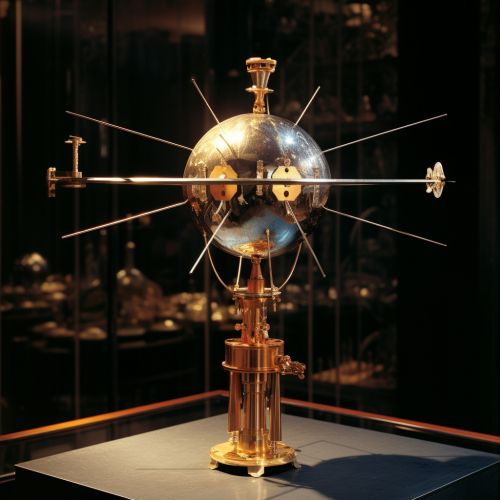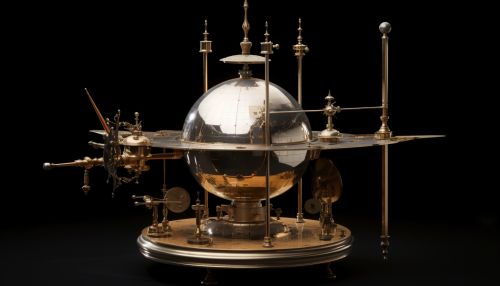Vela (satellite)
Overview
The Vela satellites were a group of satellites developed as the Vela Hotel element of Project Vela by the United States Air Force to detect nuclear detonations to monitor compliance with the 1963 Partial Test Ban Treaty by the Soviet Union.
Development
The Vela satellites were developed by TRW and launched in pairs on an Atlas-Agena rocket. The first pair was launched on October 17, 1963, just days after the Partial Test Ban Treaty went into effect, and they were followed by five more pairs over the next five years.


Design
The Vela satellites were designed to monitor nuclear explosions in space. Each satellite was equipped with 12 external X-ray detectors and 18 internal neutron and gamma-ray detectors. The satellites were also equipped with solar panels to power the instruments. The design of the satellites was based on the scientific research of the Los Alamos National Laboratory.
Operation
The Vela satellites were placed in a nearly circular orbit, ensuring a constant monitoring of the Earth's atmosphere. The satellites were designed to detect the distinctive double flash of a nuclear explosion - an initial flash followed by a second, longer-duration flash.
Findings
Over their operational life, the Vela satellites detected numerous events of interest. The most famous of these was the Vela Incident, a mysterious double flash detected by Vela 5B on September 22, 1979. This event is generally believed to have been a nuclear test, although this has never been conclusively proven.
Legacy
The Vela satellites were succeeded by the Defense Support Program satellites, which continue the mission of monitoring for nuclear detonations. The last Vela satellite officially ceased operations in 1984, but the Vela 5B satellite remained operational until 1985.
